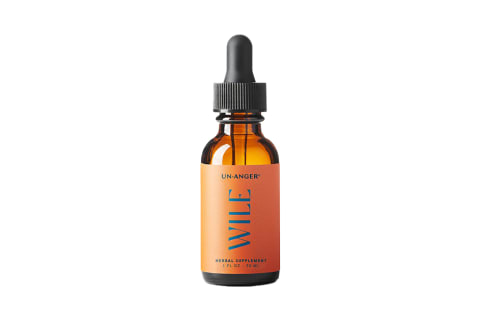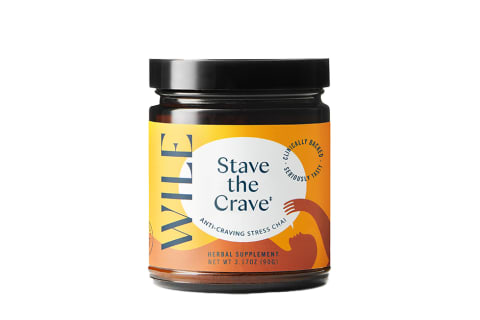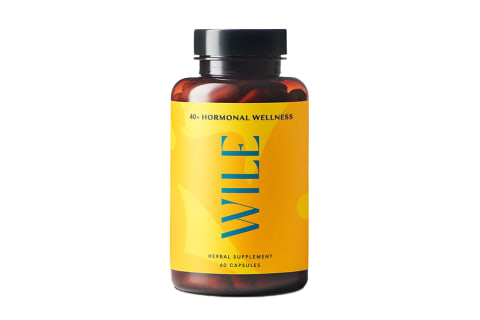Menopause is considered one of the most significant shifts in a woman’s body. But in a study of over 1,000 American women in various stages of the menopause journey, 45% didn’t know the difference between perimenopause and menopause prior to experiencing changes in their body or how they feel, with 32% believing there’s not enough info available to guide the way. Further, 73% of the surveyed women were experiencing physical signs of menopause but not addressing them, which isn’t surprising considering only 57% feel understood and supported by their doctor. While starting our menstrual cycle marks an important part of womanhood, as does menopause—this latter chapter of life tends to be shrouded in shadows. Unlike Western health care approaches, naturopathy and traditional Chinese medicine have been addressing perimenopause for centuries—and we can turn in that direction to light the way. Because these approaches integrate emotional, lifestyle, and physical aspects of a woman’s overall health, Wile tapped female experts within these fields to formulate their products, which uniquely consider cortisol as the “other” female hormone. This brand is all about embracing what happens after 40 by learning exactly what our hormones are up to. So let’s jump in! Estrogen: Known as the “female hormone,” estrogen facilitates most of our reproductive processes but is also responsible for supporting critical physiological elements like cardiovascular3 and bone health.4 During perimenopause, our ovaries start producing less estrogen—somewhat unpredictably. Lower levels of estrogen can be the cause of common (and natural, mind you) menopausal experiences like vaginal dryness5 and hot flashes6. Progesterone: Progesterone, sometimes called the “chill hormone,” is produced by our ovaries, uterus, and adrenal glands. It’s known for helping regulate the menstrual cycle7 but also has a role to play in soothing our mood and sleep8. During perimenopause, progesterone levels naturally decrease. But because progesterone is known for balancing out estrogen, this can mean higher levels of estrogen, or estrogen dominance—which has been connected to unpredictable periods9, more PMS10, and general mood swings11. For some women, the mood swings of perimenopause can feel even more volatile than PMS—and Wile decided to do something about it! Their herbal Un-Anger Tincture, formulated with kava, chaste tree berry, lavender, milk thistle, and hawthorn berry, is designed to soothe irritability, anger, and stress.* Just one to two dropperfuls under the tongue or in your favorite tea and you have a go-routine for when that edginess comes around.* Not only do stress levels often rise during midlife, but stress is also often attributed to more challenging perimenopause experiences. Thus, getting easy, accessible ways to manage stress (and its emotional compadres) is key for self-care. Wile’s Stave the Crave Anti-Craving Stress Chai Drink Mix is a soothing ritual that you can lean on throughout your journey.* Not only does this functional supplement-infused chai help reduce sugar cravings when chocolate seems to be our only friend—it’s full of adaptogens and tastes delicious, especially added to coffee, tea, or latte.* We all need a ritual for when stress peaks, and you’ll have no issues sticking to this one. Devon’s first book, Earth Women, is coming soon. To learn more, join the mailing list, and receive updates, head to www.devonbarrowwriting.com.






